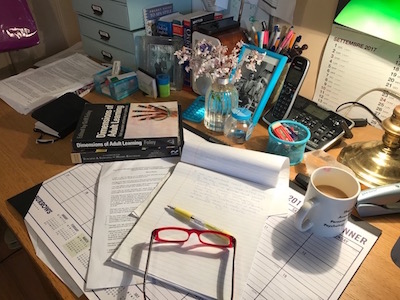The Learning Environment
Traditional teaching methodologies have often focused on the superiority of the teacher and the deficits of students.
In the past, the locus of power, control and authority have been with the teacher, and students have been judged as being either capable or less capable. Consequently, different teaching techniques have been used to pass on information and skills.
However, students of today are much more capable and efficient. Access to information has increased exponentially and teaching is no longer about passing on details, it is about creating a learning environment that is conducive to learning, inspiring and which promotes independence and personal direction.
In teaching and training, it is the teacher/trainer rather than the fixtures, fittings or technologies that makes the learning environment welcoming, interesting, motivating and emotionally safe.
Adult education and training are far more than just passing on information. Both involve the forming of a special relationship between the teacher and students. If this relationship is positive, it will have a positive long-term influence on students, their learning, motivation and achievement of their personal goals and aspirations.
If the teacher is supportive, students will be supportive of each other and the teacher. If the teacher is trusting, students will trust themselves, each other and the teacher. Often in the whirlwind of Competency Based Training, there is a tendency to focus on the acquisition of competencies rather than on the person, his/her feelings, emotions interests and goals.
The acquisition of competencies is important for industries. However, the transformation of the person as a worker, competent in his/her ability, empowered to follow his/her dreams is important to a healthy society. This transformation is dependent on the support, understanding and guidance given by teachers or trainers.
Only individual classes have beginnings and endings. True learning and teaching came before the beginning and will continue after the end.
Pauline Metz, 1994, The Tao of Learning, p. 51.



 By
By